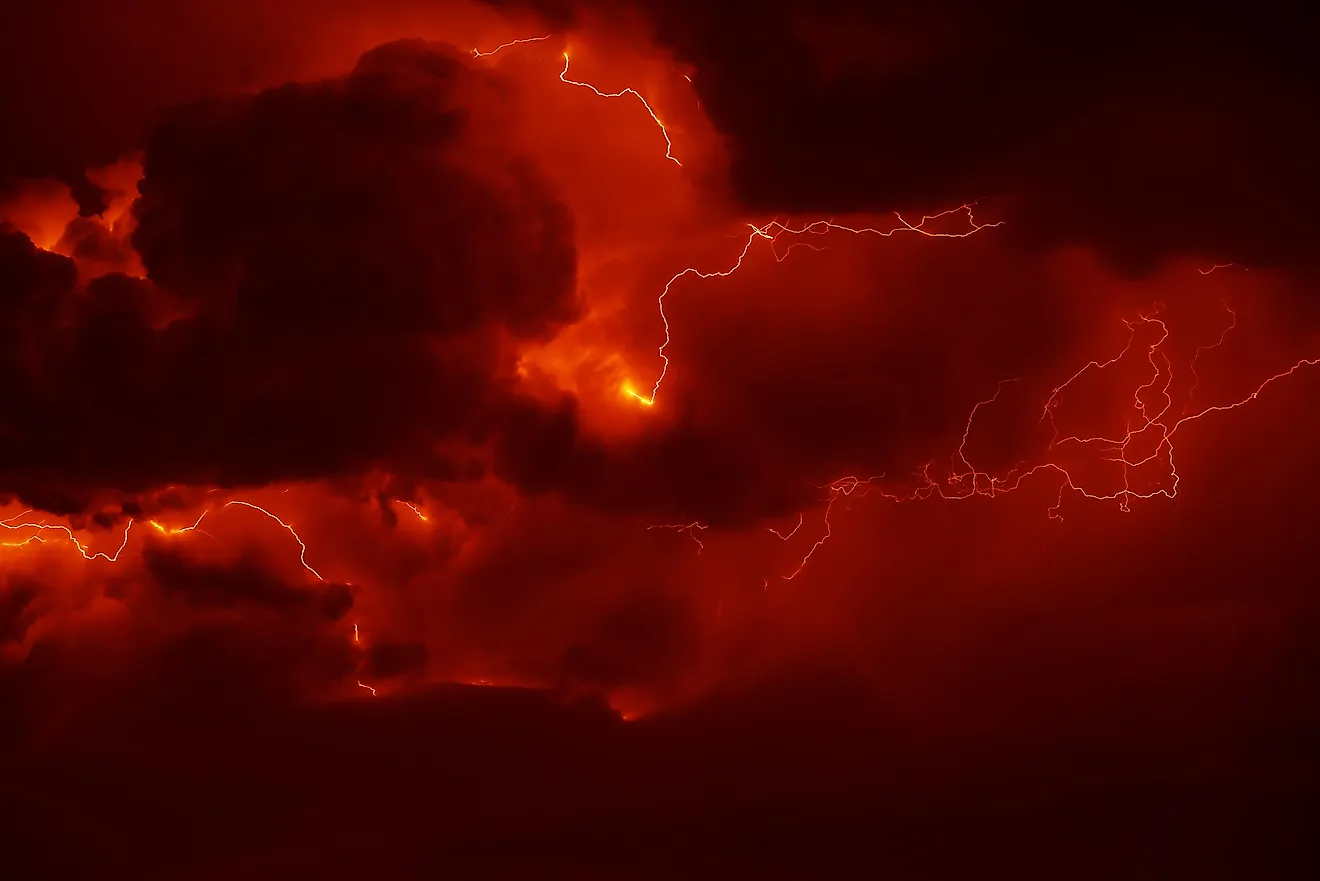What is the Law of Conservation of Mass?

The Law of Conservation of Mass is the principle that states that neither physical transformation nor chemical reactions create or destroy mass in an isolated system. According to this principle, the reactants and products in a chemical reaction must have equal masses. Therefore, the sum of masses of wax and oxygen (reactants) in a chemical reaction must be equal to the amount of the masses of Carbon (IV) oxide and water (products). The Law of Conservation of Mass is essential in calculations involving the determination of unknown masses of reactants and products in any given chemical reaction.
History of the Law of Conservation of Mass
The Law of Conservation of Mass originated from the proposal by an ancient Greek that the total amount of matter in the universe does not change. In 1789, Antoine Lavoisier termed the Law of Conservation of Mass as the vital principle in physics. Einstein later amended this law by including energy in its description. According to Einstein, the law became the Law of Conservation of Mass-energy, which states that the total mass and energy does not change in any given system. From this principle, energy and mass can be converted from one to the other. Nevertheless, because energy consumption or production in common chemical reactions accounts for a negligible amount of mass, the Law of Conservation of Mass is still a fundamental concept in chemistry.
Chemical Reactions and the Law of Conservation of Mass
The Law of Conservation of Mass provides the visualization that chemical reactions involve the reorganization of atoms and bonds of the reactants to different arrangements in the products. Thus, the number of atoms in the process does not change. Besides, atoms of a given matter are identical; therefore, rearranging them would not alter the mass of the matter. The visualization is an essential assumption in the representation of chemical reactions using balanced chemical equations.
In these equations, elements involved in the reaction have an equal number of moles on the left-hand side and the right-hand side of the equation. Therefore, one would be able to determine the amount of any substance that is required to produce a specified amount of a product. In addition, the Law of Conservation of Mass is essential in determining the masses of gases in chemical reactions since they cannot be measured in most cases. Therefore, in a reaction that involves solid, liquid, or gases as products or reactants, knowing the masses of solid and liquid helps in determining the mass of gas since the remaining mass is just assigned to it.
A Real-Life Example
A typical scenario that involves the use of the Law of Conservation of Mass is melting of an ice cube of ten grams during a hot day. The ice cube would change its states from solid to liquid and finally become vapor. The mass of the container that held the ice cube would remain constant, and the mass of the water in that system would not change even after it vaporizes completely.











